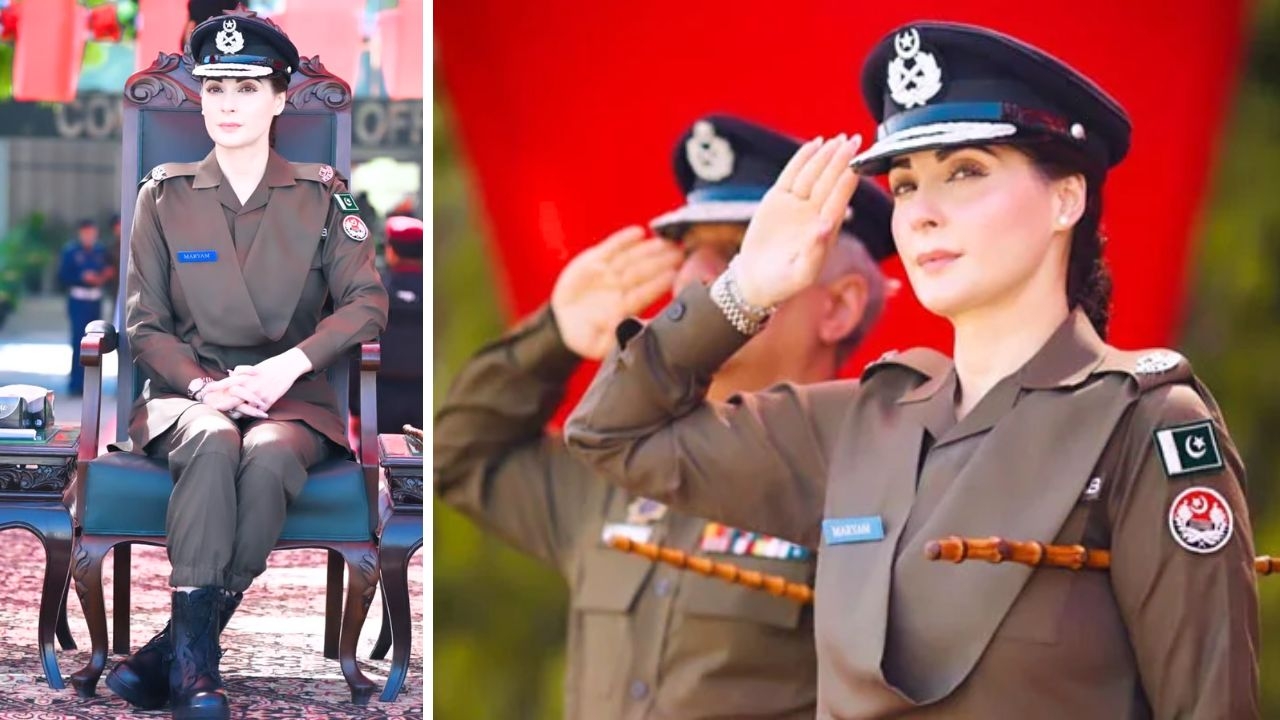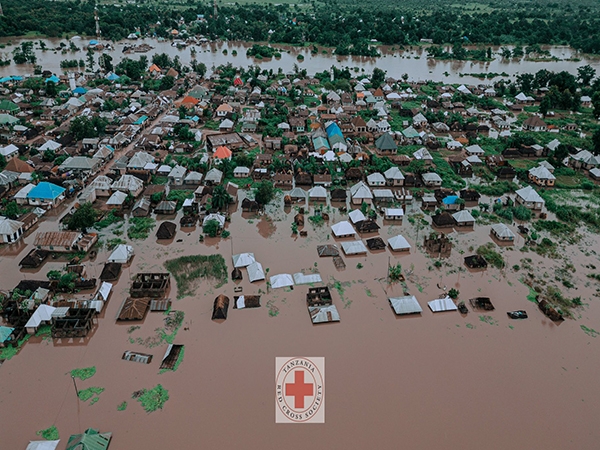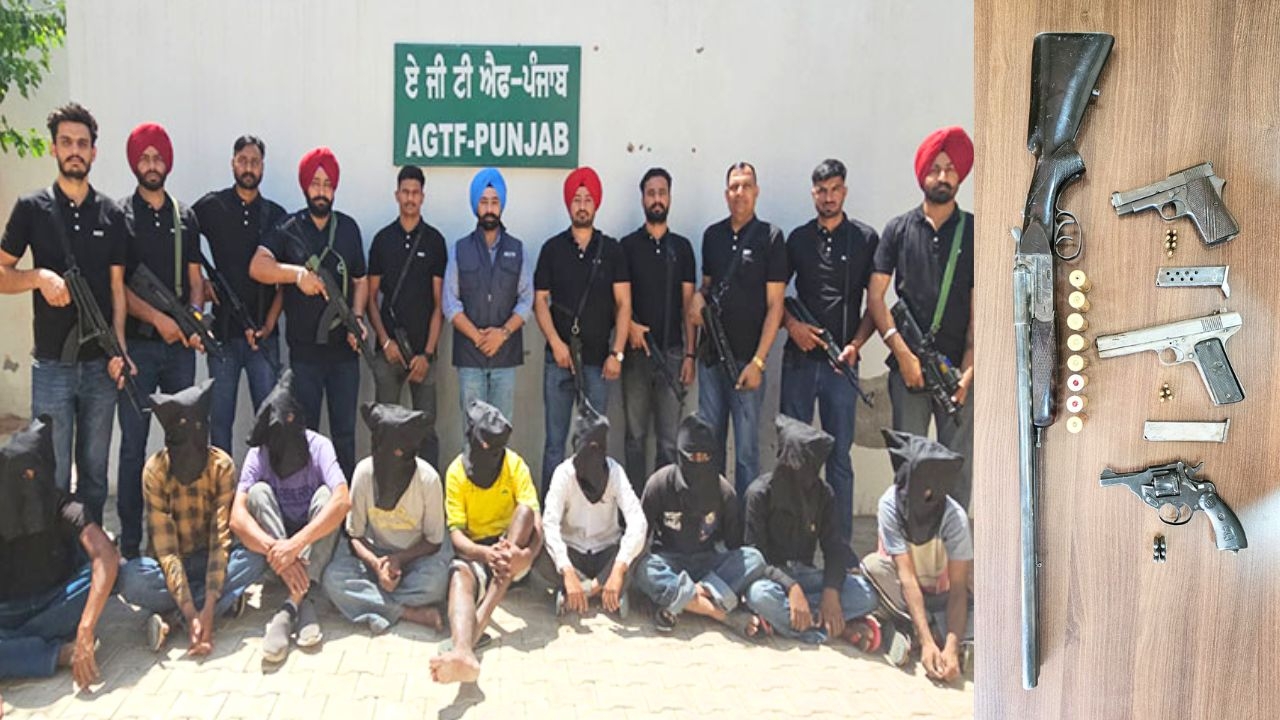Why key political forces in Himachal Pradesh never address Dalit issues
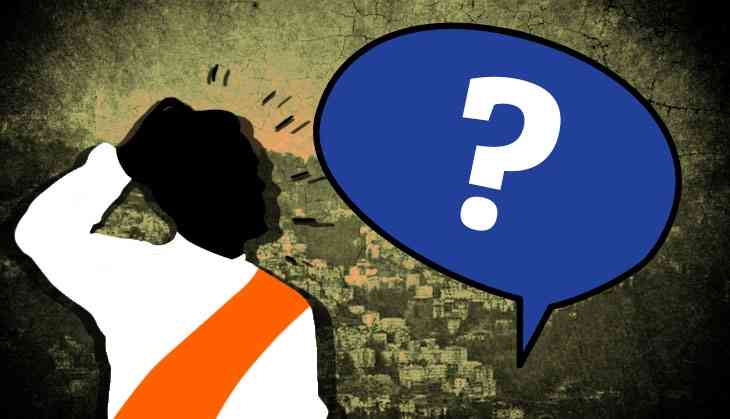
This year, the two main political forces in Himachal will have a lot to answer to the hill state’s Dalit population when the elections roll around.
Dalits comprise almost one fourth of the electorate, but politicians in the state have been more than relatively successful in sweeping any dirt related to caste discrimination under the carpet.
The general consensus appears to be that Himachal Pradesh must be seen as a progressive state where everything is absolutely fine.
One only needs to scratch the surface to see the ugly truth right below. No one is vocal about it, but perhaps that is changing.
Rampant casteism
One 11 June, a Sunday, the local chapter of Dalit Shoshan Mukti Manch (DSMM) came together in Solan to discuss how the community is being discriminated against. Many of the participants were from the youth or had previously worked in government and private jobs.
One of the examples discussed during the meeting was how discrimination has tainted mid-day meals in villages. A few involved in executing the programme spoke of how upper caste children do not eat the meals if the food has been prepared by a Dalit.
In fact, they said, few villages even managed to come to an arrangement, where two people cook they mid-day meals – one from the upper caste and one Dalit, catering only to their respective communities.
Such arrangements are also common while making feats for marriages.
Mohit Verma, Sehri Panchayat’s young vice president, said, “There are different cremation grounds for the upper and lower castes in villages, a few of which I can name - Kalaghat, Jaunaji, Mashevar and so on.”
Some of the women present at the meet spoke of the indoctrination against inter caste marriages.
Sirmaur’s Manoj Kumar reported of how Dalits are not allowed inside temples in remote areas.
“During election times, politicians approach Dalits and other marginalised sections with money and compel them to take vows before the local deities that they would vote only for them. This is a common practice and nobody ever talks about it. Recently I was shocked when a priest from a prime temple told me that the stature of that temple had declined as Dalits have also started praying there,” said Vijender Raunta from Chaupal in Shimla district.
A fact of life:
DC Rawat, participating at the event, shared several eye-opening facts from a survey carried out in 2014:
-Dalits constitute 25.19% of Himachal's population, the second largest in the country after Punjab.
-Sirmaur, Kullu, Mandi and Solan have maximum Dalit population.
-Dalit literacy rate is 78.9% while the state average is 82.8%.
-Dalits own only 13.7% of land in the state.
-9% of Dalits do not own any land.
-Dalits constitute 37.3% of the BPL families in the state.
-Only 5% of people are aware of the Atrocities Act.
-Only 6% have access to irrigation.
-59% respondents said that there are separate cremation grounds in their villages for upper and lower castes.
-55% respondents claimed that they had to face casteist comments while participating in sports or cultural activities.
-22.5% claimed that they faced discrimination at aanganwadis.
-65 elected representatives at Panchayat level said that their participation in this institution was discouraged.
-73% claimed that no mid wife came to their homes.
-10% also claimed that they faced casteist slur for their wearing proper clothing.
Tough questions
When several of the younger participants spoke about their experience, certain key questions directed at the political class emerged.
Garima, a participant, said, “We keep on reading the song and dance about politicians going to Dalit houses and eating there - be it the BJP president Amit Shah, Congress vice president Rahul Gandhi, Uttar Pradesh Chief Minister Yogi Adityanath or back home, union health minister JP Nadda. Making a show of eating at a Dalit’s house serves no purpose. I simply want to ask whether they have come up with any concrete policies to address Dalit concerns and end caste discrimination.”
“Why do they have to show off ? Have they done anything to check such discrimination while knowing it very well that such practices exist,” Sonia asked.
Many expressed their cynicism about slogans like “Achhe din” and “Sabka saath, sabka vikas”.
“Does 'Achhe din' mean an increase in Dalit atrocities? Instilling more fear in them? Attacks have particularly increased on students from Dalit community and every effort is being made to deprive them of higher education,” said one attendee.
Shilpa, a resident of Naina Tikker in Sirmaur, explained that the officials who try to address concerns of Dalits and the marginalised are often threatened with transfers to remote places. “
Transfers remain a powerful tool with the political class. The most glaring example is the recent suspension of the entire police station in Kandaghat when people rose up against the so-called godman Amardev, who has the patronage of both Chief Minister Virbhadra Singh and former chief minister Prem Kumar Dhumal.”
It’s clear that as the polls approach, the political class will have a lot to answer about when it comes to the state’s toxic underside and their tall claims about Himachal being a unmarred Devbhoomi.
First published: 12 June 2017, 17:52 IST


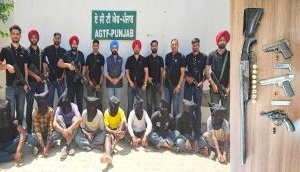


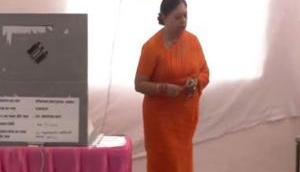
![BJP's Kapil Mishra recreates Shankar Mahadevan’s ‘Breathless’ song to highlight Delhi pollution [WATCH] BJP's Kapil Mishra recreates Shankar Mahadevan’s ‘Breathless’ song to highlight Delhi pollution [WATCH]](http://images.catchnews.com/upload/2022/11/03/kapil-mishra_240884_300x172.png)

![Anupam Kher shares pictures of his toned body on 67th birthday [MUST SEE] Anupam Kher shares pictures of his toned body on 67th birthday [MUST SEE]](http://images.catchnews.com/upload/2022/03/07/Anupam_kher_231145_300x172.jpg)




